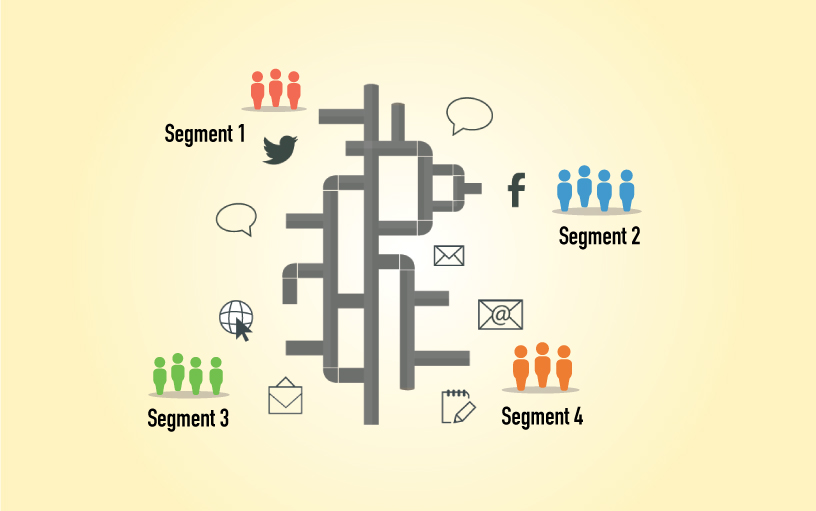Database marketing is a fast-growing strategy that has gained popularity in recent years with advance in business software systems. At its core, database marketing includes the communication, promotion, and sales activities of an organization based on a database management system. With increased functionality in CRM and marketing automation solutions, marketers are able to construct customer profiles based on personal, demographic, geographic, and psychographic characteristics. This allows organizations to create highly targeted marketing campaigns that are more successful over time.
By combining database marketing with the customer lifecycle, marketers can direct campaigns to prospective and current customers not only based on their profile attributes but also their placement on the customer lifecycle map.
While profile attributes are critical, (i.e., emails to customer regarding promotion in ladies clothing should only go to female customers) they lack pertinent information that can aid marketers in determining what messages should go to specific segments of the database.
For example, an email invitation to an organization’s anniversary celebration is sent to three different segments of customers. The first includes customers who have only made one purchase. The second encompasses customers who have made multiple purchases over the course of the year. Finally, the third is for customers who have made multiple purchases over the past three years. If the marketing team were to only use profile information such demographics, they would not be able to create these three segments. With lifecycle marketing, the marketers have already created these segments as lifecycle stages: first-time customers, multiple purchase customers, and loyal customers. Each group can receive information on the anniversary celebration relevant to their relationship with the brand. Perhaps the loyal customers receive a VIP offer or gift while first-time customers get a coupon to encourage them to make a second purchase (and move into the next lifecycle stage).
Through database lifecycle marketing, marketers can also measure every activity. From purchasing information to email opens and website visits, marketers have critical data at their fingertips. Beyond data offered by marketing automation platforms alone, lifecycle marketing can combine marketing and purchasing data. This is critical for marketers seeking to move their customers through the customer lifecycle from anonymous website visitors to brand loyal customers, all the data marketers need to effectively build relationships (and revenue) with their customers is available in one lifecycle marketing database.
To learn more about lifecycle marketing, watch this brief video.

